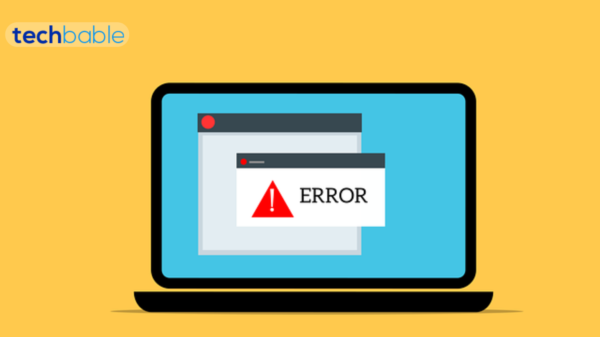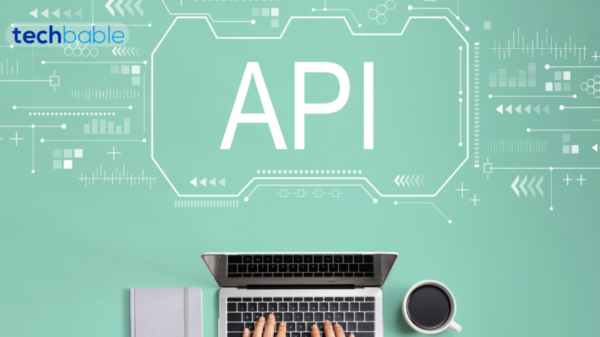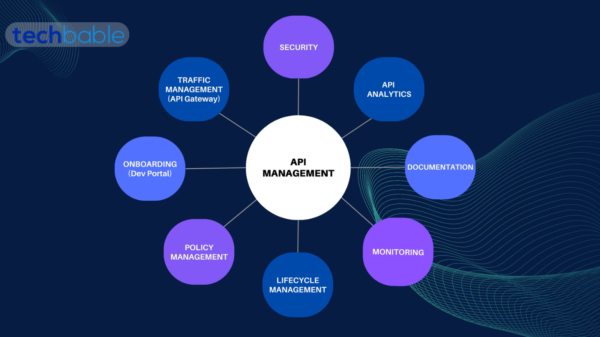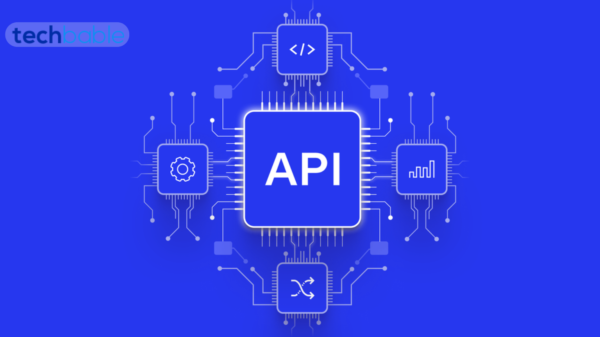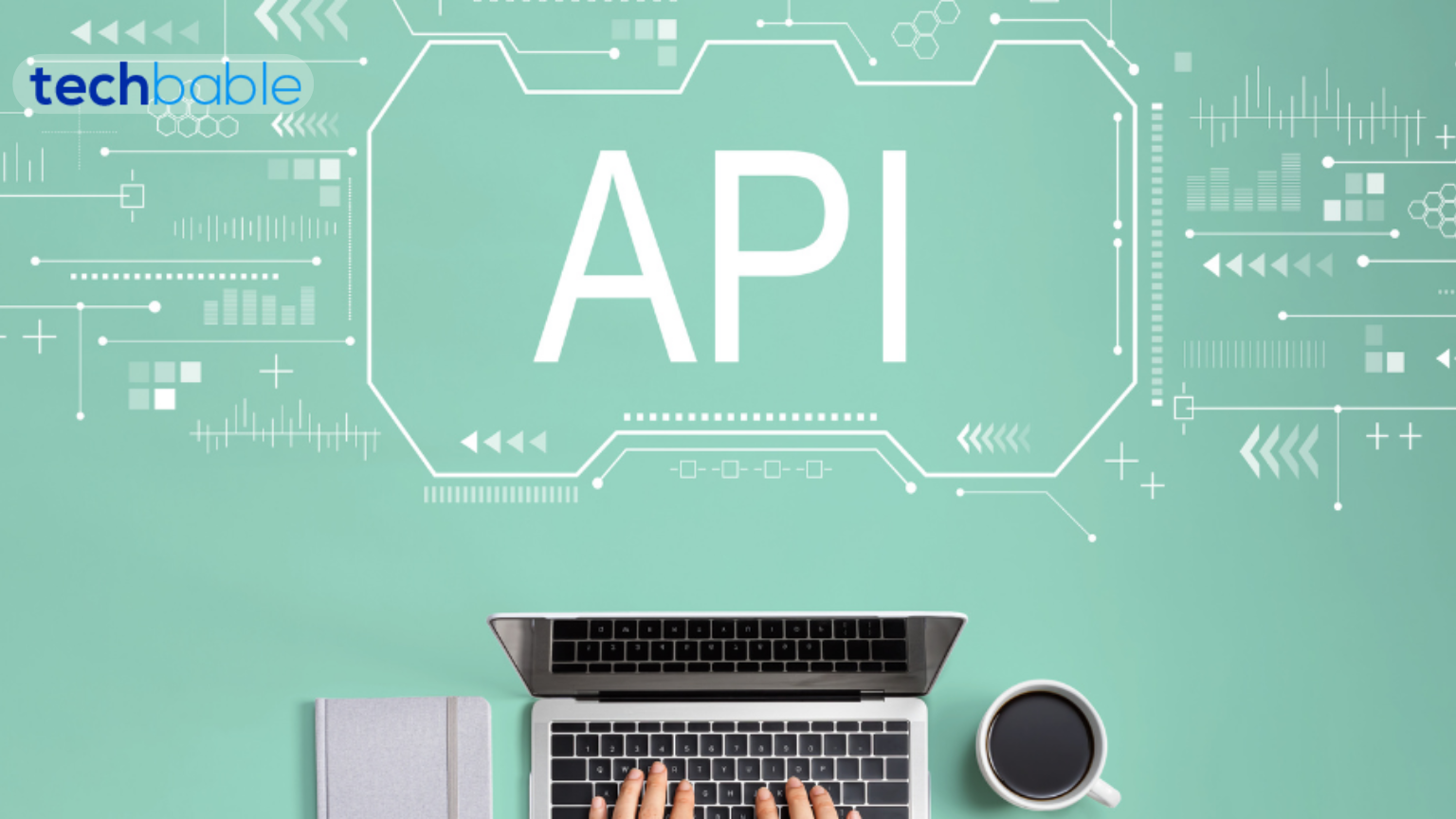Do you know what automation possibilities API Observability offers? Understanding these possibilities is essential for streamlining operations and enhancing system reliability in modern software development.
In this article, we will discuss in detail all possibilities.
Importance of API Observability
APIs are integral to the functioning of web and mobile applications, making their reliability and performance crucial for businesses. API observability provides:
- Insights into API health.
- Identifying issues such as latency.
- Bottlenecks that can impact user satisfaction and business operations.
Components of API Observability
API observability comprises various components: monitoring, logging, tracing, and metrics collection. These components provide a comprehensive view of API behavior and performance, enabling proactive problem detection and resolution.
The Role of Automation in API Observability
Automation plays a vital role in enhancing the effectiveness of API observability by streamlining monitoring processes, detecting anomalies in real time, and automating remediation actions. By leveraging automation, organizations can ensure the reliability and scalability of their API-driven systems.
Automated Monitoring of API Endpoints
Automated monitoring tools can continuously monitor API endpoints, tracking key performance metrics such as response time, error rates, and throughput. Organizations can detect performance issues promptly by automating monitoring tasks and taking corrective actions to prevent service disruptions.
Real-Time Alerting and Notification
Automation enables real-time alerting and notification mechanisms that notify stakeholders about critical API performance events. By configuring thresholds and triggers, organizations can automate the alert generation process, ensuring timely response to potential issues.
Automated Incident Response
In the event of API failures or performance degradation, automated incident response mechanisms can swiftly initiate remediation actions. Automated workflows can execute predefined actions, such as restarting services or scaling resources, to restore normal operations and minimize downtime.
Predictive Analytics and Anomaly Detection
Automation enables predictive analytics and machine learning algorithms to identify potential anomalies and performance degradation patterns in API behavior. Organizations can predict and prevent future issues by analyzing historical data and usage patterns before they impact users.
Self-Healing APIs
Automation can facilitate the implementation of self-healing mechanisms in APIs, where the system automatically detects and resolves issues without human intervention. Self-healing APIs leverage automation to perform error retries, circuit breaker implementation, and automatic failover to redundant systems.
Automated Capacity Planning and Scaling
Automation allows organizations to automate capacity planning and scaling of API infrastructure based on demand fluctuations. By leveraging auto-scaling capabilities in cloud environments, organizations can dynamically adjust resources to accommodate changes in API usage patterns and ensure optimal performance.
Continuous Integration and Deployment (CI/CD) Automation
API observability can be integrated into CI/CD pipelines to automate testing, deployment, and monitoring of API changes. Automated testing frameworks and deployment pipelines ensure that new API versions are thoroughly evaluated for performance and reliability before being deployed to production environments.
Compliance and Security Automation
Automation can enhance API observability by automating compliance checks and security audits to ensure adherence to regulatory requirements and industry standards. Automated security scans, vulnerability assessments, and access controls help mitigate security risks and provide data protection.
Automation for DevOps Collaboration
API observability tools can facilitate collaboration between development and operations teams by automating the sharing of performance data, logs, and metrics. By providing a centralized platform for monitoring and troubleshooting, automation fosters collaboration and accelerates problem resolution.
Cost Optimization through Automation
Automation in API observability can help optimize infrastructure costs by dynamically adjusting resources based on actual usage and performance metrics. By automating resource allocation and optimization, organizations can minimize wastage and maximize cost-efficiency in API operations.
Integration with AIOps Platforms
Automation in API observability can facilitate integration with Artificial Intelligence for IT Operations (AIOps) platforms, enabling advanced analytics and decision-making capabilities. By leveraging machine learning algorithms, AIOps platforms can analyze vast amounts of API data to identify trends, anomalies, and optimization opportunities, empowering organizations to make data-driven decisions.
Automation for Performance Tuning
Automated performance tuning mechanisms can optimize API performance by dynamically adjusting configuration parameters and resource allocations based on real-time workload characteristics. By automating performance tuning tasks, organizations can maximize the efficiency and responsiveness of their API infrastructure, delivering faster and more reliable services to end-users.
Automated Documentation Generation
Automation can streamline the process of API documentation generation by automatically extracting relevant information from code repositories, version control systems, and API specifications. Automated tools ensure that API documentation remains up-to-date and comprehensive, facilitating easier integration and collaboration among developers and stakeholders.
Continuous Improvement through Feedback Loops
Automation enables the establishment of feedback loops within API observability processes, where insights from monitoring and analysis are used to drive continuous improvement initiatives. Organizations can iterate on their API design, implementation, and performance optimization strategies by automating feedback mechanisms and workflow triggers, ensuring ongoing enhancement and innovation.
Conclusion:
In short, automation offers myriad possibilities for enhancing API observability, from real-time monitoring and alerting to predictive analytics and self-healing mechanisms. By embracing automation, organizations can ensure their API-driven systems’ reliability, scalability, and security, enabling them to deliver superior user experiences and drive business success in an increasingly digital world.


